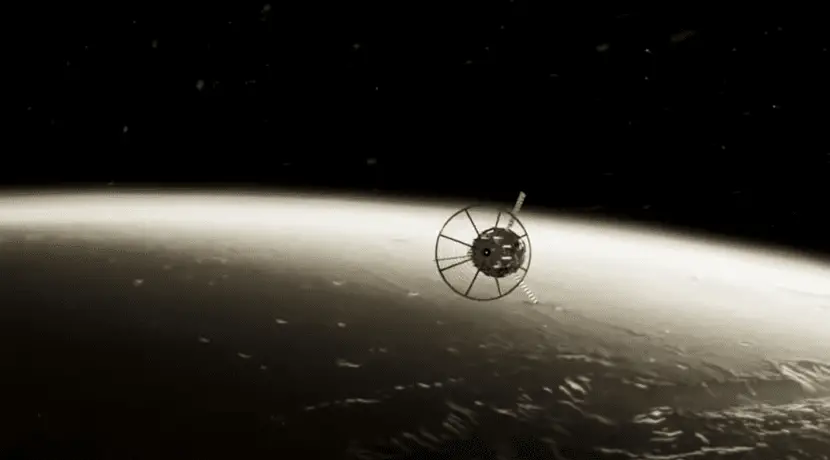Plasma rocket intended to enable rapid space travel
PPR training 09. May 2024 3:11 p.m. Robert Klatt Trips to Mars take about seven months with current rockets. A new PPR-powered plasma rocket is expected to significantly reduce flight times. Washington, DC (United States). In the optimal case, when Mars is about 56 million kilometers from Earth, current rockets take about seven months to […]

PPR training
Robert Klatt
Trips to Mars take about seven months with current rockets. A new PPR-powered plasma rocket is expected to significantly reduce flight times.
Washington, DC (United States). In the optimal case, when Mars is about 56 million kilometers from Earth, current rockets take about seven months to reach the Red Planet. In order to be able to carry out manned missions to Mars in the future, the National Aeronautics and Space Administration (NASA) is looking for particularly innovative technologies within the framework of the NASA Innovative Advanced Concepts (NIAC) program, which may not yet have of immediate effect. advantage, but will have a significant impact on space travel in the future can move forward.
Now she has NASA Six concepts were presented, which successfully passed the first selection phase and were financially supported. This also includes a new rocket engine intended to significantly speed up space travel. This is a Howe Industries concept for a pulsed plasma rocket (PPR).
Nuclear-powered rocket
The PPR drive is based on the old concept Pulsed Fission-Fusion (Puff). He predicts that uranium projectiles will be fragmented in the rocket. The combustion chamber is also said to have a uranium shell, which releases additional radiation. The goal is to turn the original uranium projectile into plasma, which is then ejected using powerful magnets to create propulsion. According to company scientists, this could produce a specific impulse of 5,000 meters/second and a thrust of 100,000 Newtons.
The propulsion force would be enough to reach Mars in about two months. This would mean that astronauts would be exposed to the high levels of radiation in space and the effects of weightlessness for a significantly shorter period of time than when traveling on current rockets. Furthermore, according to the NASA It is conceivable that the plasma rocket will be used for missions to the asteroid belt.













